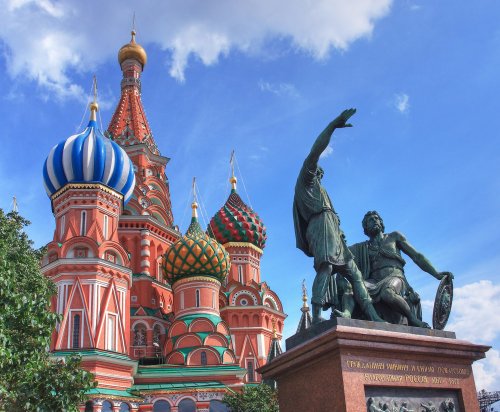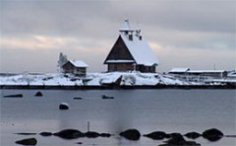
I remember my school years, the short autumn break, the first wet snow, and the festive demonstrations on November 7th. Demonstrations with the obligatory balloons, lollipops shaped like cockerels, hot buns, and delicious tomato ice cream for ten kopecks.
This holiday no longer exists, but on November 4th, Russia celebrates National Unity Day . This holiday not only replaces the undesirable “red-letter days” of the Soviet era, which today evoke negative emotions in many, but also carries a completely different meaning.
“Day of Accord and Reconciliation” was abolished, as it was deemed impossible to consider a day of accord when society was divided into factions that were destroying each other. But an alternative was found to replace it: ” National Unity Day .” The holiday remained a day off, but the meaning of the holiday changed.
Although the new holiday hasn't yet become a national holiday and not every Russian can pronounce it correctly, habit is a powerful thing, and the irritation associated with the date change is gradually fading. Negative attitudes persist mostly among older people who remain faithful to communist traditions.
The Day of the Kazan Icon of the Mother of God, declared a national holiday back in 1649, is today, or rather since 2005, celebrated as “National Unity Day.” The Dream of Reason.
This holiday was once celebrated with church services. The Tsar himself led the procession, which included the clergy, high-ranking government officials, and the entire people. This is true unity. Yet today, few people know that such an Orthodox holiday once existed.
So what else happened on this day all those years ago? What events preceded it, and what significance did it hold for Russia?
On November 4, 1612, a people's militia led by Dmitry Pozharsky and Kuzma Minin stormed Kitai-Gorod, liberating Moscow from the Poles. This is a rare example in Russian history of the country's fate being decided by the people themselves, without the participation of the authorities. The people went to fight not for the Tsar—there was none—but for the land.
Then all classes and all nationalities united, bringing an end to the so-called “Time of Troubles,” which began in 1598 after the death of Tsar Feodor Ivanovich, ending the Rurik dynasty. It lasted more than 10 years, during which the nation was in a state of civil war. “Impostor tsars,” popular uprisings, fragmentation, confrontation between the Orthodox and Catholic churches, cultural decline, famine… The people were divided into warring camps.
Later, due to the 1917 Revolution, the tradition of celebrating the liberation of Moscow from the Polish garrison was interrupted, although it played a significant role in the formation of the Russian state. However, by that time, the Poles had already realized that they would not be able to establish control over Russia, and internal strife had broken out within Poland itself at that time.
One way or another, this is a celebration of a people who have overcome internal disunity and united in the face of danger. Essentially, it's not a new holiday, but a return to old traditions. But we're only just beginning to get used to it, and we want it to truly become a symbol of national unity. A nation that has managed to overcome not so much external as internal enemies, who were willing to sell out the people to foreigners for personal gain.
This holiday will only gain true meaning when people understand that no one can be allowed to divide society and pit us against each other based on party, political, or other criteria. When they realize that there are far higher ideals. And they understand their responsibility for preserving them. Personal responsibility: if not me, then who? Only then will national unity—real national unity—be possible.





